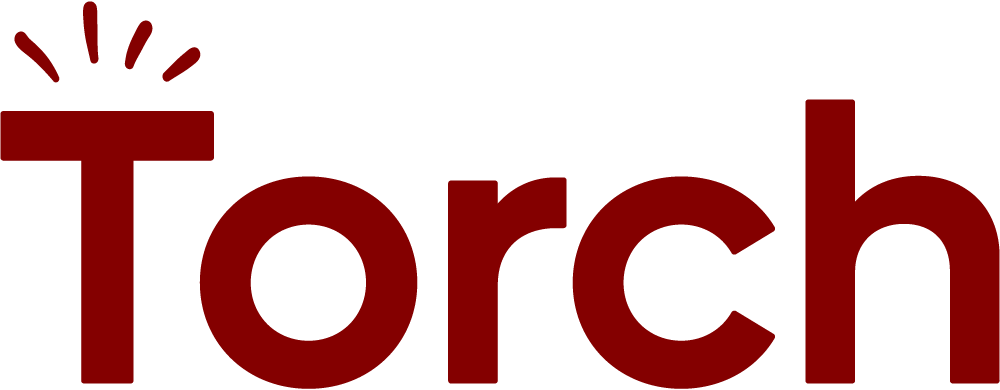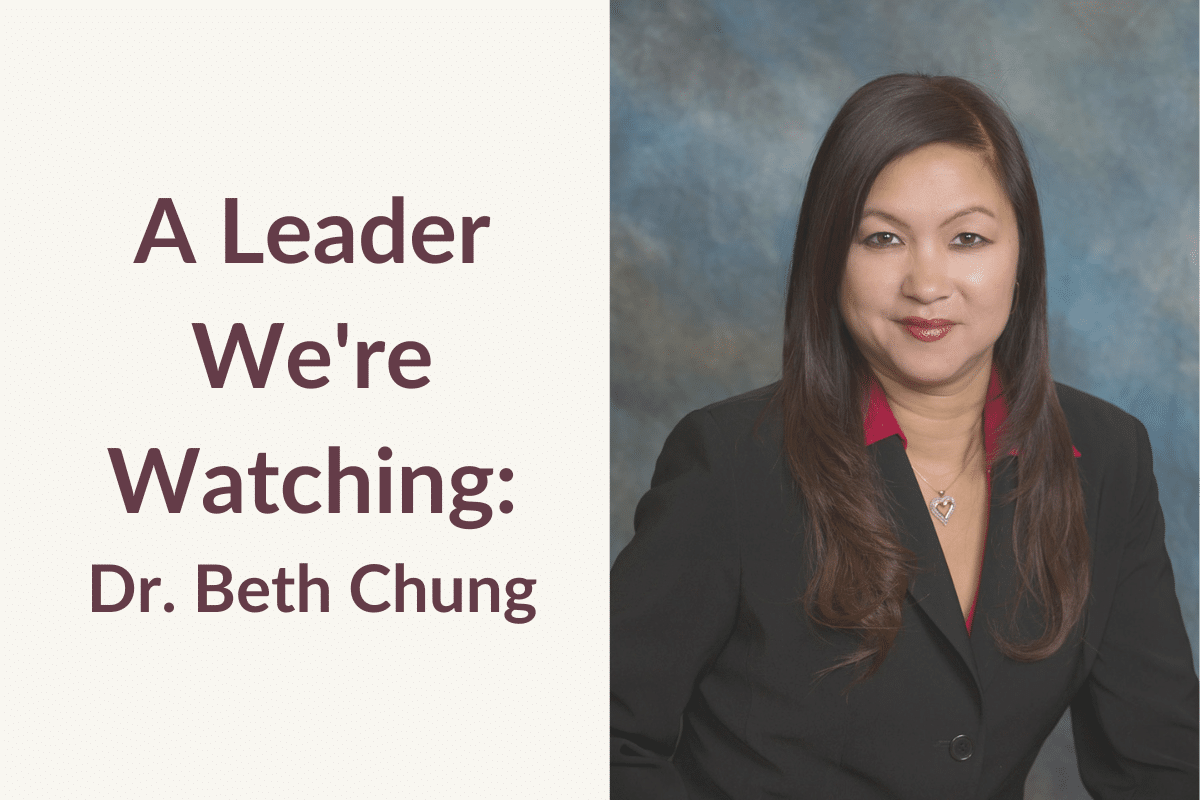
This month, we spoke to Dr. Beth Chung-Herrera, a leading research expert in leadership development and inclusion. She is currently a management professor at San Diego State University and the Director of the Institute of Inclusiveness and Diversity in Organizations (IIDO). She shared with us how she uniquely defines workplace inclusion, and offers practical guidance for leaders to create more inclusive work environments.
Q: How do you define ‘inclusion’ in your research?
Inclusion has been described as belonging for the longest time, but just belonging isn’t enough. We define inclusion as the intersection of belonging and uniqueness because those are basic human needs. We have to relate to other people. We want to relate to other people. We want to feel accepted as humans. , we don’t all want to be the same. So, even within a group, we want to feel like we have different or special skills than others. If you think about your own groups that you’ve been in, you want to feel like you’re a part of it, but then you kind of want to have your own thing too. You want to be valued for your uniqueness and bring all parts of yourself to work. Inclusion is about fulfilling both of those human needs.
Q: What are the practical steps that a leader can take to both respect differences and help people feel like they belong within their org and their team?
First, they can practice being willing to listen to everybody’s input and not react to it in a judgmental way. There will be people that have viewpoints that are different from yours, and you’re going to think “wow, that’s wild.” But stopping and really listening and trying to understand that viewpoint will make a huge difference to that person, even if you ultimately go a different way with your decision. Sometimes we pretend to hear, but we really don’t.
The second part is acknowledgment. To say–yes, I heard you, and I see your viewpoint. When people say things that are “out there,” we tend to dismiss it instead of harnessing it for the parts that can be useful and that can help you think differently about a topic…The more you’re accepting of them offering that viewpoint, the more they’re willing to give that viewpoint in the future.
Q: Outside of being willing to listen during meetings, where else can leaders encourage others to share their perspectives and input?
When you are writing emails, are you saying things like “we” when you’re inviting input? Are you writing your email, or whatever else, in a way that makes people want to respond? Are you open to feedback when somebody has feedback for you? All of those things are signals that people send. You can try to do all the right things, but if your intention is not there, it shows in the signals that you give people. And so, I think that signaling by the leader is really important because they are role models and their behaviors will be interpreted and adopted by others in the organization.
If you’re interested in reading more of Dr. Chung’s research, here is her piece that defines workplace inclusion, here is some practical guidance on sustaining workplace inclusion, and here is more inclusive leadership skills.
————
This article was featured in Torch’s newsletter, Curiouser. Each month, we deliver the latest research, stories, questions, and insights about the art and science of coaching to your inbox. Sign-up and join a community of people who are passionate about growth, learning, and leadership.

